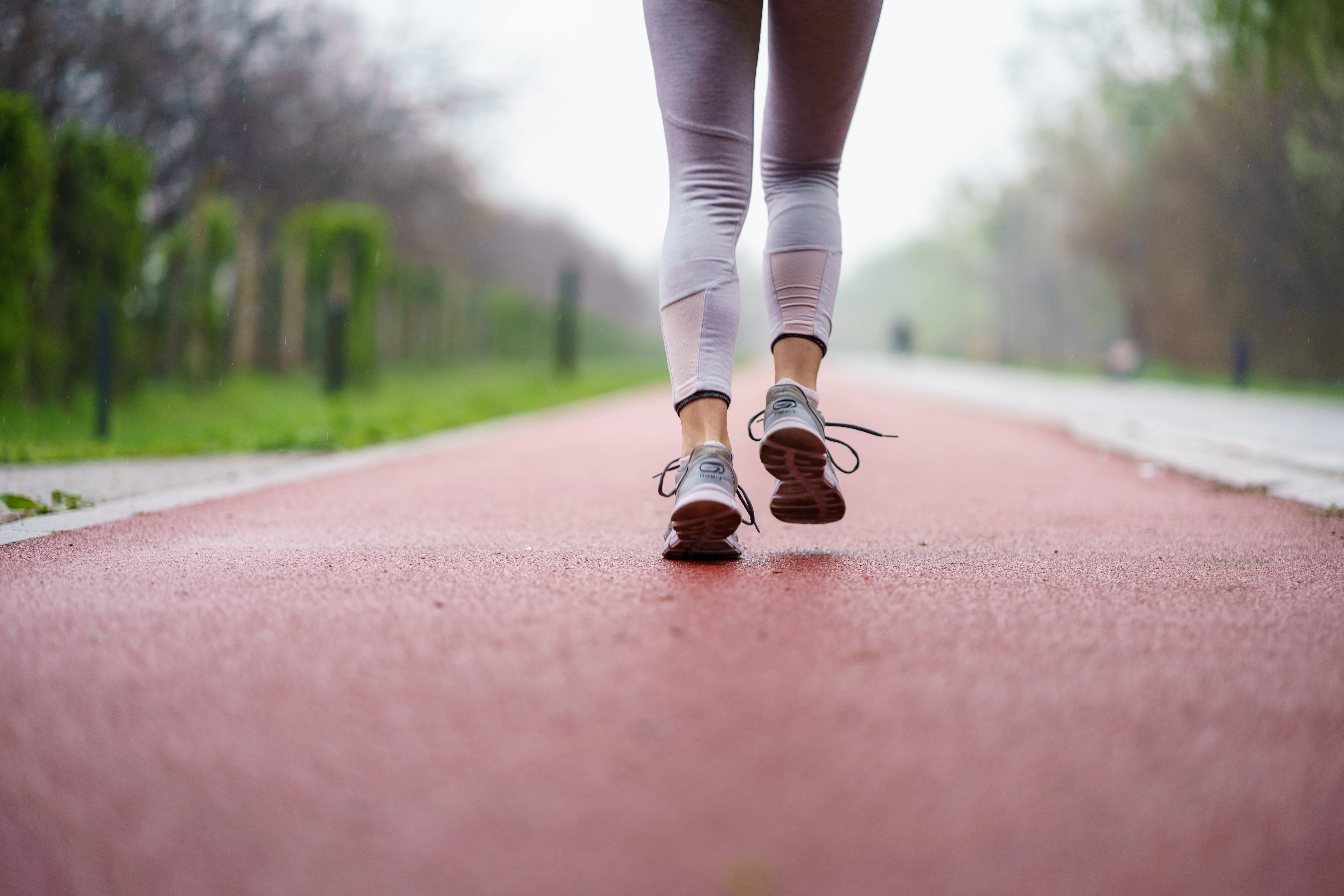
Anyone on social media knows that trends are not uncommon — whether it’s posting a video with specific dances, using a certain voiceover or trying on trending clothes, many people either partake in the trend or find themselves discussing it with others.
And while this sounds harmless and a fun way to be included, not all trends leave the participants feeling great about themselves.
Consider the new “legging legs” trend that was, in fact, banned from TikTok.
What are legging legs?
Essentially, legging legs is equivalent to the body image ideal of the 2000s, the thigh gap, where women were expected to have space between their thighs when they stood up straight. This equated thinness to perfection, and made many women whose thighs naturally touched feel insecure and less than perfect.
Naturally, many unhealthy weight loss trends followed in an effort to lose weight and achieve thin legs that displayed a “thigh gap.”
Unfortunately, we’re seeing a return of this trend, now called legging legs. This is where certain body types are being glorified for the way they look in leggings, while others are being dismissed as less than ideal.
“The new trend ‘legging legs’ is problematic as it suggests that only certain body types are able to wear a piece of clothing — an idea that promotes the appearance ideal we have all been exposed to and whose internalization may put people at risk to develop an eating disorder,” said Dr. Elizabet Altunkara, director of education at NEDA, in an interview.
This trend is a perfect example of our societal problem of the increasing pressure on others to modify their appearance based on short-lived and unattainable trends. It highlights the power of social media to dictate beauty standards and the lengths to which people, especially young people, will go to meet these standards, often at the expense of their well-being.
How can I counteract the negative effects of online trends?
With the legging legs trend, certain women may feel like they no longer can wear leggings because they may fear being judged or scrutinized by others for the shape of their body.
But the bottom line is, if you have legs in leggings, than you have leggings legs, regardless of what people on the internet say. If you are confident, comfortable and want to wear them, nothing should stop you, especially comments on the internet.
But we know that may be easier said than done and body dysmorphia, low self-esteem and struggles with self confidence can easily get in the way. If you find yourself struggling in this way, consider some of these practices:
Strive for self-acceptance
The first step in building self-esteem is cultivating self-acceptance through acknowledging your imperfections without judgment and recognizing that everyone has unique physical attributes — nothing about your body is “bad” or “wrong.” Understand that your worth is not determined by societal standards of beauty, but by your character, strengths and contributions.
Argue against your negative thoughts
Negative self-talk can seriously hurt your self-esteem. Challenge these thoughts by questioning their validity and replacing them with affirmations. For example, if you catch yourself thinking, “I am not attractive,” counter it with, “I am unique, and my value is not solely defined by my appearance.” Practicing this consistently can gradually shift your mindset towards positivity about your body, and other aspects as well.
Seek positivity
The people you spend time with and the media you consume greatly influence your self-perception. Surround yourself with supportive friends and family who appreciate you for who you are. Curate your social media to be one that celebrates diversity and body positivity, reducing exposure to content that praises unrealistic body standards and unhealthy eating habits.
Go for self-care
Prioritizing self-care is essential for creating a positive relationship with your body. To start doing this, take time for activities that make you feel good about yourself, including exercise, meditation or hobbies that bring joy and relaxation. Treat your body with kindness and respect, ensuring that your self-care routines are centered around wellness goals rather than aesthetics.
Celebrate goals that don’t have to do with looks
Focus on your strengths and achievements rather than your physical appearance by working on talents, setting personal goals and creating time for activities that boost your sense of self-worth. Celebrating these aspects of yourself can build confidence and remind you of your capabilities beyond physical appearance.
Go to the pros
If you still find yourself struggling with self esteem , consider seeking support from a therapist or counselor. Professional guidance can provide insights into possible underlying issues, offering strategies to improve self-esteem and body image that are specific to your needs and goals. Therapy can be a safe space to explore feelings and develop coping mechanisms.
Do your part for body positivity
Participating in the body positivity movement can be empowering. This movement advocates acceptance of all bodies, throwing out the narrow beauty norms and promoting self-love. Engaging with communities that share this goal will give you a supportive environment where you can share experiences and learn from others.
Don’t underestimate gratitude
Engage in mindfulness exercises to stay present and connect with your body in a positive way. Practice gratitude by regularly acknowledging things you appreciate about your body and life, maybe jotting them down in a journal each day. This approach can shift focus from negativity to positivity, changing your mindset for the better.
Need more?
If you’re looking for more support with boosting self esteem and overcoming the effects of unhealthy internet trends, contact Seeds of Hope today online via our contact form or by calling 111-111-1111.

